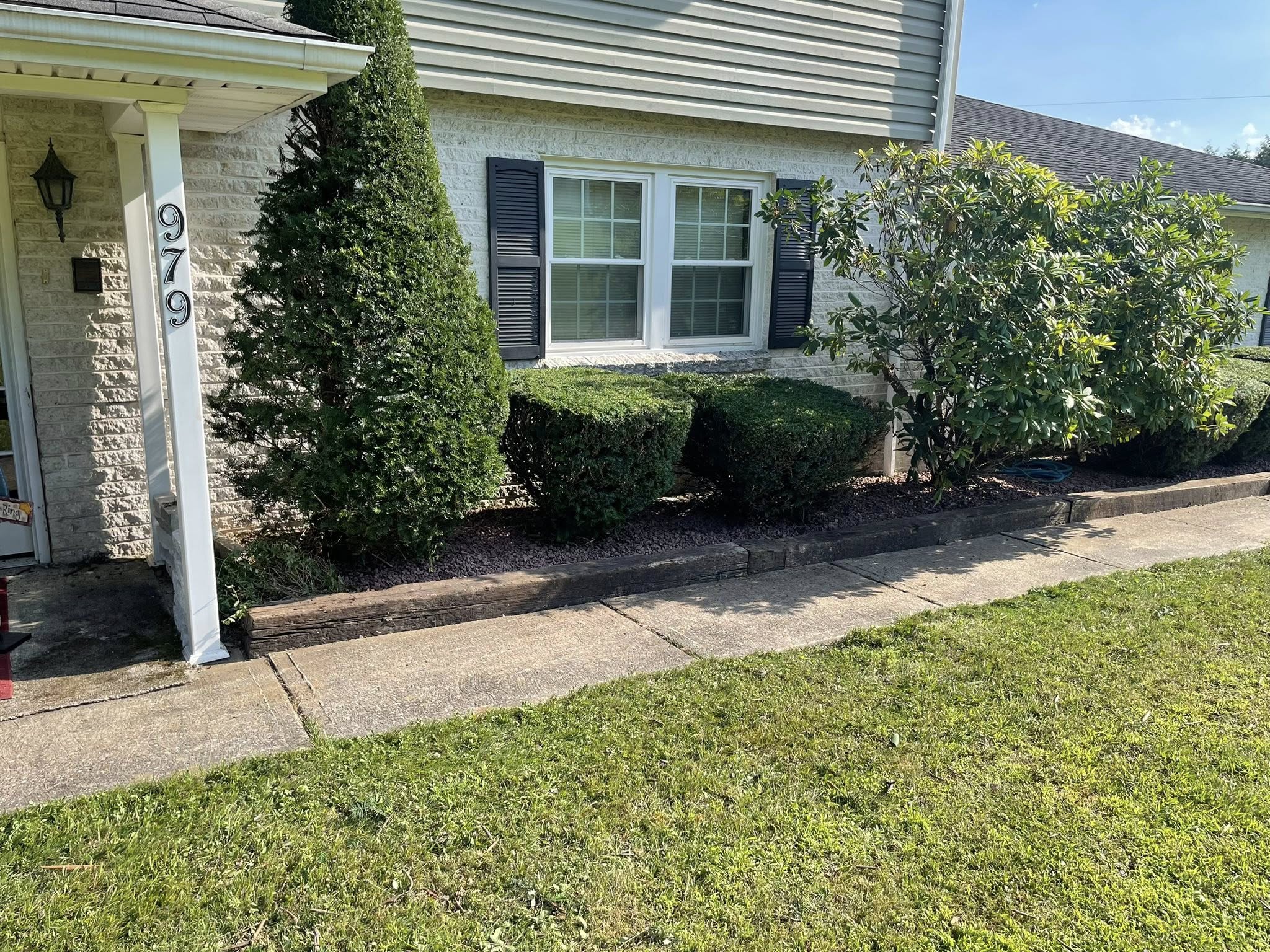
The Environmental Benefits of Sustainable Landscaping Practices Sep 12, 2025
Sustainable landscaping focuses on designing and maintaining gardens and outdoor areas in a manner that minimizes harm to the environment. By prioritizing native plants, reducing water usage, and minimizing waste, homeowners not only create attractive spaces but also contribute to the broader ecological balance.
One of the primary benefits of sustainable landscaping is the improvement it brings to local biodiversity. By using native plants in your landscape, you provide essential habitats for local wildlife, including birds, insects, and small mammals. Native plants are adapted to the local climate and soil conditions, making them more resilient to pests and diseases, and often requiring less water and maintenance compared to exotic species. This not only helps in preserving the local ecosystem but also reduces the need for chemical pesticides and fertilizers, which can have detrimental effects on the environment.
Another significant advantage is water conservation. Sustainable landscapes often integrate xeriscaping principles, focusing on drought-tolerant plants and efficient irrigation systems. By installing drip irrigation or rainwater harvesting systems, property owners can significantly reduce water usage. Efficient water management is crucial, particularly in areas prone to drought, and it fosters a healthier environment by reducing the strain on local water supplies.
Moreover, implementing sustainable landscaping methods can significantly enhance soil health. Practices like composting and mulching enrich the soil naturally, providing essential nutrients and reducing the need for synthetic fertilizers. Healthy soil, in turn, supports robust plant growth and increases the soil’s ability to retain water, further aiding in water conservation efforts.
Energy conservation is another ecological benefit associated with strategic landscaping. By carefully selecting and placing trees and shrubs, homeowners can reduce energy consumption. For instance, planting deciduous trees on the south and west sides of a house can provide shade during summer and allow sunlight to naturally warm the home in winter. This strategic planting can lead to a reduction in heating and cooling costs and a decrease in the overall carbon footprint.
To make the most of sustainable landscaping, property owners should consider working with experts who understand the local environment and can offer personalized solutions tailored to the specific needs of the space. At Bryant Property Solutions, our team is committed to helping you realize your vision of an eco-friendly outdoor living area while providing practical solutions that enhance environmental health.
In conclusion, sustainable landscaping is more than just a trend; it is a forward-thinking approach that offers numerous environmental benefits. By focusing on biodiversity, water conservation, soil health, and energy efficiency, homeowners can create beautiful, functional landscapes that are kind to the environment. Investing in sustainable landscaping not only enhances the visual appeal of your property but also contributes to broader ecological well-being, ensuring that future generations can enjoy the natural beauty of our world. Embrace sustainable practices with Bryant Property Solutions and take a step towards a healthier planet.
/filters:no_upscale()/media/d648a8be-3bae-4ded-80a8-700bd7ace8ea.jpg)
/filters:no_upscale()/filters:format(webp)/media/3085dd0f-08ab-4ce6-99b9-7c342b158ce7.jpg)